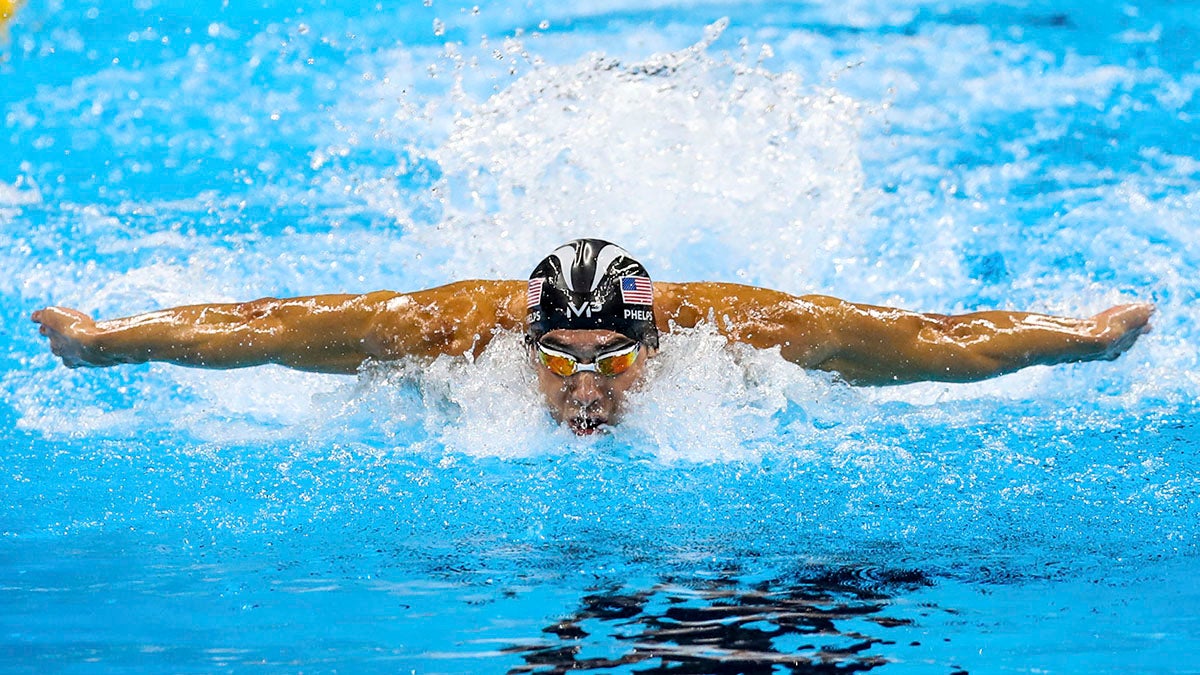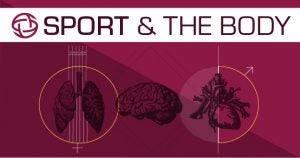As humans evolved, some adaptations allowed for greater athletic success

If you’ve ever set a personal record or had a particularly stellar performance in sport, you have likely walked away smiling and proud. Reflecting on the hours you spent training and practicing, and the sacrifices you made en route to your victory, hard work was no doubt a foundational element. But what if there was something else at play as well? What if certain physiological or evolutionary adaptations had contributed to your accomplishment?

One significant area of evolutionary advantage we cannot overlook affects 50% of the population: the biological anatomy. Females are biologically designed to store more fat. And while it was originally for the purpose of child bearing and being able to support another human after birth, in the athletics world it is proving beneficial somewhere else: Ultrarunning.
In an ultra race (any race longer than a marathon), one of the limiting factors is fuel. Simply put, if the body runs out of energy to burn, it cannot keep going. And with many of these races being hundreds of miles, continuous movement is crucial.
The female anatomical physiology means that they have an advantage: naturally higher levels of fat allow for more fluid retention, and a longer-lasting fuel source for the body to burn. In general, women use calories differently over long-endurance activities and are able to derive more calories from fat rather than carbohydrates. It is a big reason behind why, with the ultra-racing scene on the rise, it may only be a matter of time before females can consistently outrun males across longer distances.
However, it is not all down to physiology and the physical battle. In many cases, it is also the mental battle. David Willey, former Runner’s World editor and host of the Hive Life podcast, explains: “There’s a very real possibility that women are better suited to push themselves into new realms, especially in endurance sports like ultra-running.”
Scientists do not know yet whether the basis behind it is higher levels of pain tolerance, better mental stamina, or the fuel factor, but something is working, because it is not a one-off incidence for females to outrun males in longer distance events.
In many ways, it is along the same lines as the concept coined by Dr. Michael Joyner in 2016: size sort. He proposed that athletes choose to focus on sports that are best for their body type. It was the same premise he used to explain why Michael Phelps was an exceptional swimmer, and to build his case around his prediction of man’s ability to run a sub-two-hour marathon.
In the case of both athlete profiles — Phelps and a sub-2 elite runner — the desired outcome happens only with several natural physiological advantages: “A man with the ideal physiological traits could break the two-hour marathon barrier,” Joyner said. And, as we recently saw, that did indeed happen. So, too, we have seen success in swimming from similar grounds with Michael Phelps’ trait-specific physique.
Joyner acknowledged that Phelps has an ideal physique, with several advantages coming together to work in his favor:
- Lactic acid – Intensive physiological testing on Phelps throughout his career has determined that he produces less than half of the lactic acid of his fellow competitors. Lactic acid is a chemical byproduct of muscle contraction and exertion, which builds up in the body, and most people need a rest period in order to allow it to dissipate before being able to carry on with their activity. In Phelps’ case however, this rest period is required less frequently and is shorter than in most others.
- Wing span – With nearly seven feet in wingspan, Phelps’ disproportionate upper body-to-height ratio works dramatically in his favor.
- Torso to leg ratio – Not only is his wingspan ratio disproportionate, but so too is that of his torso to his legs. Phelps has a long torso and short legs, which decreases his resistance in the water. This ends with size 14 feet, which he can use like flippers propelling him to greatness.
While there is of course — as in any accomplished athlete — an unprecedented level of hard work and commitment behind his success, Phelps fits perfectly into the mold Joyner proposed of size sorting. Sometimes athletes are just born lucky!
And while these natural physiological advantages account for part of it, there are other physiological-related advantages that can be developed through consistent training.
A study conducted by Kari Margrethe Lundgren et. al., out of Norway, looked at physiological adaptations in highly trained endurance athletes. In this study, researchers wanted to know if these athletes benefited from physiological adaptations specific to their sport, which would offer them an advantage over athletes who did not have these naturally occurring advantages.
The researchers looked at athletes participating at an elite level in flatwater kayaking, cross country skiing and orienteering, comparing the following:
- VO2max – The maximal oxygen uptake
- Blood volume – The combined value of the amount of red blood cells and plasma circulating throughout the body.
- Hemoglobin mass – The amount of iron containing oxygen-transport molecules
- Flow-mediated dilation – The change in arterial diameter of the blood vessels in response to increased blood and increased activity. Larger diameters indicate better flow ability, and therefore better performance ability.
For the test, they performed their activity under prescribed conditions so that the authors could obtain comparable measurements and data of the variables and understand how the athletes compared to each other in their respective sport.
The results showed that skiers presented with a higher VO2max and arterial diameter in their arms, while kayakers benefitted from just the latter. The authors offered these as sport-specific adaptations to these athletes, ones that they developed because of the work in their sport, and as a means to assist in propelling them toward further sport success.
There is no denying that hard work, hours of practice and sport-specific talent are crucial for victory — personal or on a world stage. But in many cases, there may also be an underlying evolutionary or physiological advantage that can play an assistive role. Sport in the body will never be as simple as going and doing the sport. As much as understanding the sport is important, so too is it critical to evaluate the potential role of body adaptations.
Laura Peill, a Canadian living in Australia, is an avid long-distance runner, nutritionist and Pilates instructor, who spends her time teaching and writing about movement. She uses these modalities to help individuals shift their mindset around health, and overcome hurdles holding them back from their own success.
Editor’s note: For the 2019-2020 academic year, the Global Sport Institute’s research theme will be “Sport and the body.” The Institute will conduct and fund research and host events that will explore a myriad of topics related to the body.


